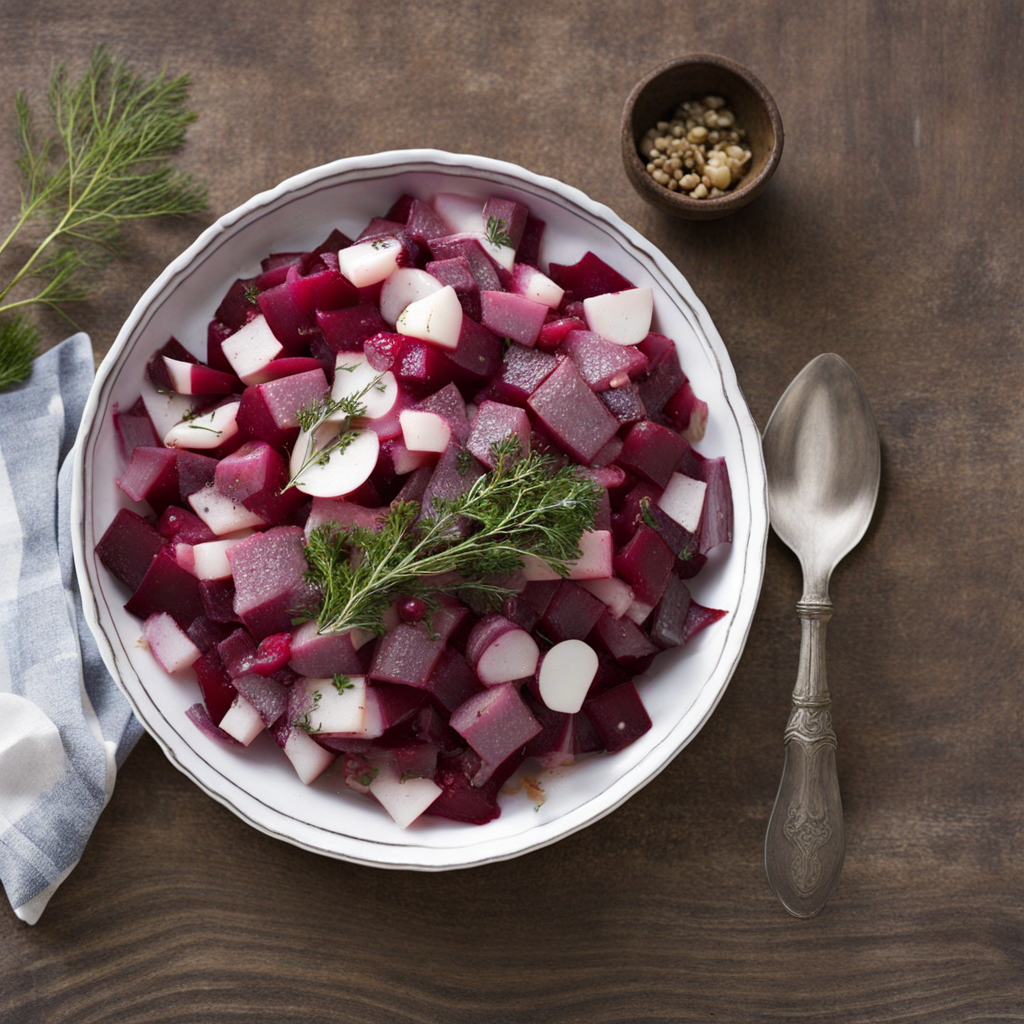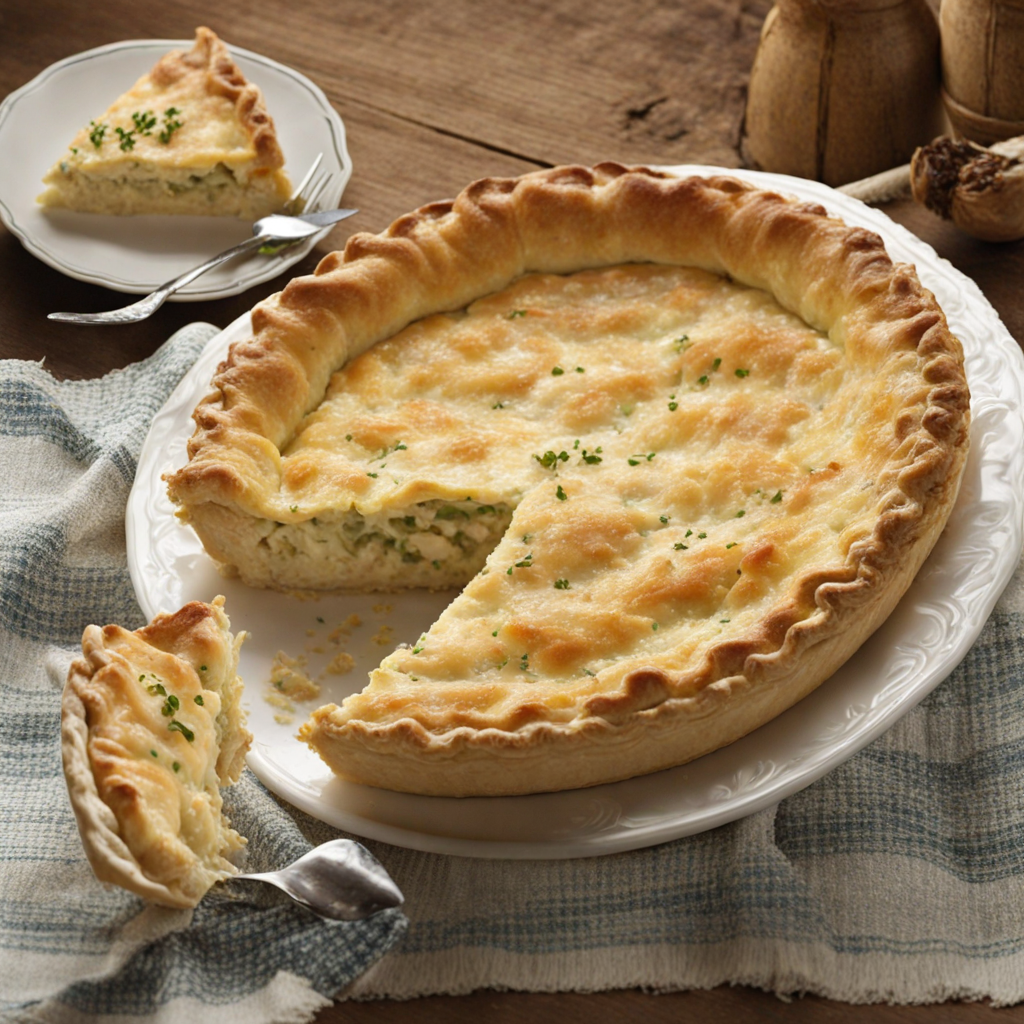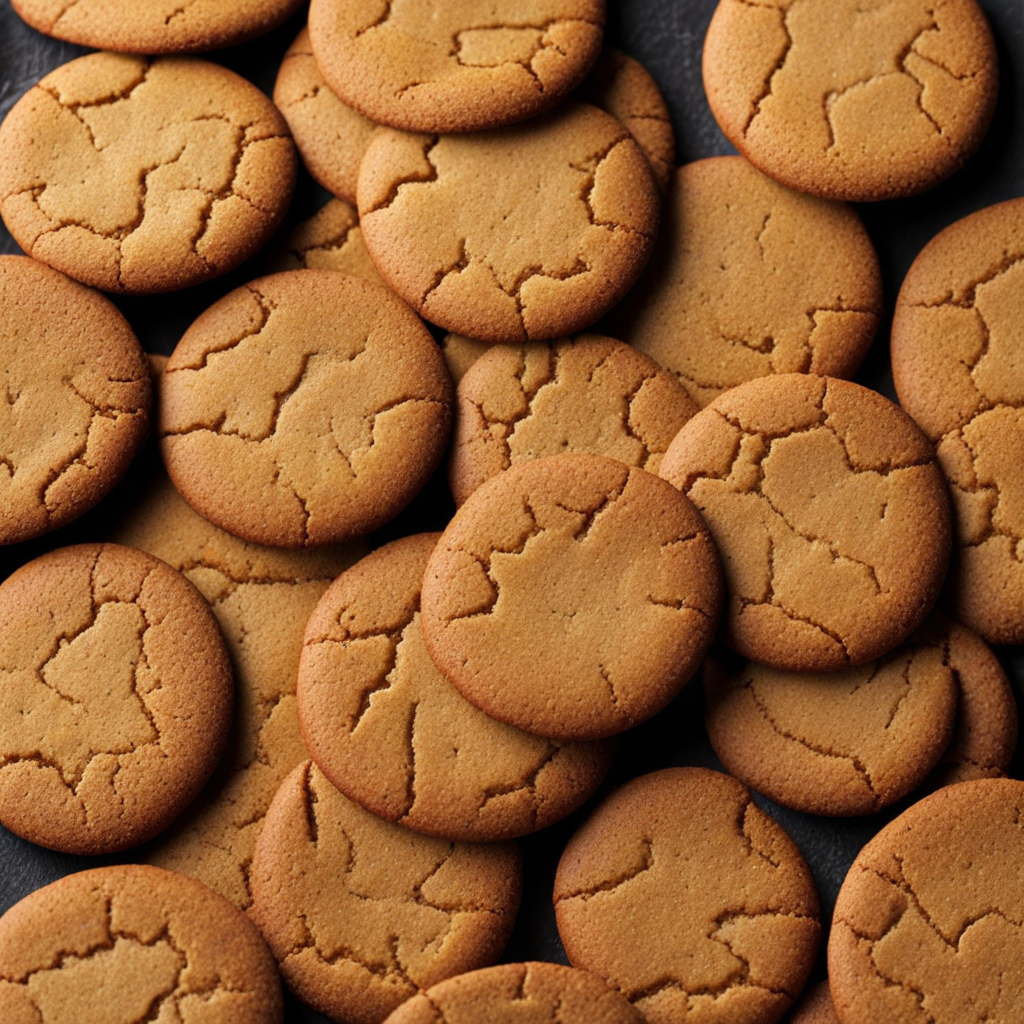Spiced Sprat Sandwich
The Spiced Sprat Sandwich, or "Kryddad Sillsmörgås," is a delightful Swedish dish that brings together the rich flavors of the sea with aromatic spices. At its core, this sandwich features sprats, small, oily fish that are typically pickled or marinated in a blend of vinegar and spices, creating a tangy and savory profile. The sprats are often seasoned with a medley of traditional Swedish spices such as dill, allspice, and sometimes mustard, providing a complex flavor that dances on the palate. Served on dense, hearty bread, usually rye or crispbread, the sandwich delivers a satisfying crunch that complements the tender fish. Accompanying the spiced sprats is a variety of toppings that enhance the overall taste experience. A layer of rich, creamy butter or a spread made from sour cream provides a luxurious base that contrasts beautifully with the salty, zesty fish. Freshly chopped onions, cucumber slices, or even grated beetroot may be added for crunch and a burst of color, while a sprinkle of fresh dill or chives on top adds an aromatic touch that ties all the flavors together. This combination of textures and tastes makes each bite a vibrant celebration of Swedish culinary traditions. Pairing the Spiced Sprat Sandwich with a side of crisp pickles or a light salad allows for a refreshing balance to the dish. The natural brininess of the sprats, along with the fragrant spices, evokes a seaside experience that transports you straight to the shores of Sweden. Whether enjoyed as a casual lunch or a sophisticated appetizer, the Spiced Sprat Sandwich is a true testament to the country's love for seafood and bold flavors, inviting adventurous eaters to explore the delicious depths of Scandinavian cuisine.
How It Became This Dish
The History of Gubbröra: A Swedish Culinary Treasure Origins and Etymology Gubbröra, a traditional Swedish dish, translates literally to "old man's mix" or "old man's stir." This curious name hints at its rustic origins, often linked to the resourcefulness of rural households in Sweden. The dish primarily consists of finely chopped herring mixed with potatoes, onions, and various seasonings, often including dill and hard-boiled eggs. Its roots can be traced back to the coastal regions of Sweden, where herring has been a staple due to the abundance of fish in the Baltic Sea and the North Sea. Historically, herring was one of the most accessible protein sources for Swedes, especially before the advent of modern refrigeration. Fishing communities relied heavily on this fish, and the preservation methods of pickling and salting made it a vital part of the Swedish diet, particularly in the 18th and 19th centuries. Gubbröra likely emerged as a way to utilize leftover pickled herring, showcasing the cleverness of resourceful cooks who aimed to minimize food waste. Cultural Significance In Sweden, food is not merely sustenance; it is an integral part of cultural identity. Gubbröra embodies the spirit of Swedish culinary traditions, emphasizing simplicity, seasonal ingredients, and the use of local resources. Traditionally served as a part of festive smorgasbord, Gubbröra represents the communal aspect of dining in Swedish culture. This dish is often associated with celebrations and gatherings, particularly during Midsummer and Christmas. It can be found alongside other traditional dishes, such as gravlax and meatballs, creating a rich tapestry of flavors and textures that reflect Sweden’s culinary heritage. Gubbröra has also found a place at the table during “kräftskiva” or crayfish parties, where it serves as a delightful appetizer, balancing the richness of the crayfish with its fresh, herby notes. The dish has also made its mark in modern Swedish cuisine, symbolizing a bridge between the past and the present. As Sweden embraces a culinary movement that celebrates traditional dishes while integrating contemporary techniques, Gubbröra remains a beloved staple, echoing the importance of heritage while evolving to meet modern tastes. Development Over Time The evolution of Gubbröra is a fascinating reflection of broader social and culinary changes in Sweden. In the early 20th century, as urbanization began to transform Swedish society, traditional rural dishes like Gubbröra started to be reinterpreted in urban kitchens. The rise of the middle class brought about a new interest in food presentation and culinary sophistication. Cooks began to experiment with Gubbröra, incorporating additional ingredients such as crème fraîche or mayonnaise for a creamier texture, and garnishing it with fresh herbs for an elevated aesthetic. The post-war era saw a resurgence of interest in traditional foods, as Swedes sought comfort in familiar flavors during times of uncertainty. Gubbröra played a pivotal role in this culinary renaissance, as families returned to their roots, celebrating their heritage through food. The dish began to be featured in cookbooks, and its preparation was shared among generations, ensuring its place in Swedish culinary lore. In the late 20th century, the global interest in Scandinavian cuisine began to grow. Renowned chefs like Magnus Nilsson and Mathias Dahlgren highlighted traditional dishes, including Gubbröra, in their restaurants, showcasing them to a wider audience. This newfound appreciation led to a revival of Gubbröra in both home kitchens and upscale dining establishments. Chefs began to reinterpret the dish, experimenting with various types of herring, unique flavor pairings, and modern plating techniques, while still honoring its roots. Today, Gubbröra is a symbol of Swedish culinary pride. It is often served in trendy cafes and restaurants across Sweden as a nod to traditional flavors, yet it also remains a beloved dish in home kitchens, where families continue to prepare it for gatherings and celebrations. Social media has played a significant role in this revival; food bloggers and influencers have showcased Gubbröra, sharing their own takes on the dish, thus breathing new life into this classic. Modern Variations and Adaptations While the traditional Gubbröra remains popular, contemporary variations have emerged that reflect changing tastes and dietary preferences. For instance, some modern recipes substitute the herring with smoked salmon or other types of fish, appealing to those who may prefer a milder flavor. Additionally, vegetarian adaptations have surfaced, using roasted vegetables or chickpeas in place of fish, allowing a broader audience to appreciate this dish. Moreover, the rise of foraging and a greater emphasis on sustainability have influenced the way Gubbröra is prepared. Today, many cooks experiment with locally sourced ingredients, incorporating seasonal vegetables and herbs that reflect the changing landscape of Swedish cuisine. This approach not only honors the dish’s traditional roots but also aligns with contemporary culinary practices that prioritize sustainability and local sourcing. Conclusion Gubbröra is more than just a dish; it is a culinary narrative interwoven with the history and culture of Sweden. From its humble beginnings as a practical solution for utilizing leftover herring to its status as a cherished component of festive celebrations, Gubbröra encapsulates the essence of Swedish cooking—simplicity, resourcefulness, and a profound respect for tradition. As Sweden continues to evolve its culinary landscape, Gubbröra stands as a testament to the enduring nature of traditional foods. It serves as a reminder of the importance of heritage in shaping modern cuisine, bridging the gap between the old and the new. Whether enjoyed at a summer gathering or presented with a modern twist in a chic restaurant, Gubbröra remains a beloved dish that nourishes both body and soul, celebrating the flavors of Sweden and the stories they tell.
You may like
Discover local flavors from Sweden







